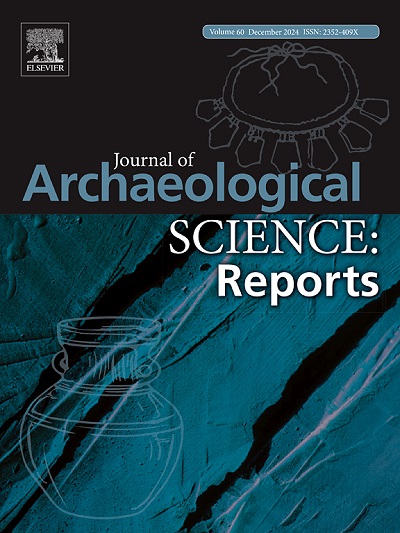揭示古代晚期塞尔维亚境内动物剥削的故事-考古学概述
IF 1.5
2区 历史学
0 ARCHAEOLOGY
引用次数: 0
摘要
根据已发表的考古数据,在古代晚期(公元3 /4世纪至7世纪初),在今天的塞尔维亚境内,动物开发的策略主要面向家养物种的繁殖,而狩猎和捕鱼则起着次要作用。最常见的代表物种是那些具有重大经济意义的物种,如牛、山羊和猪。除了这些分类群,在出土的动物群中还发现了马科动物、骆驼和宠物的遗骸。生物特征数据表明,畜牧业实践的改变导致了家畜体型的变化。野生动物的遗迹非常罕见,只有遗址周围地区的物种可以找到,而鱼类的遗迹则很少。尽管对古代晚期定居点的考古研究并不多,但现有的数据为动物开发策略提供了有价值的见解,并表明存在一些区域差异。因此,本文的目的是通过整合考古数据,为不同地区和聚落类型的动物开发策略提供见解。本文章由计算机程序翻译,如有差异,请以英文原文为准。
Unravelling the story of animal exploitation in the territory of present-day Serbia during Late Antiquity – an archaeozoological overview
According to published archaeozoological data, during the Late Antiquity – between the 3rd/4th and the beginning of the 7th century CE – in the territory of present-day Serbia, strategies of animal exploitation were primarily oriented toward the breeding of domestic species, while hunting and fishing had played a secondary role. The most frequently represented species were those of great economic importance, such as cattle, caprines, and pigs. Aside from these taxa, remains of equids, camels, and pets were discovered in the unearthed faunal assemblages. As indicated by biometric data, changing practices of animal husbandry led to changes in domestic animal body size. Remains of wild game were rare and represented by species that were available in the areas surrounding the sites, while fish remains were scarce. Although the archaeozoological research on the Late Antique settlements is modest, the available data gives valuable insights into animal exploitation strategies and suggests the presence of some regional differences. Therefore, the aim of this paper is to provide insight into animal exploitation strategies from different regions and settlement types by bringing together archaeozoological data.
求助全文
通过发布文献求助,成功后即可免费获取论文全文。
去求助
来源期刊

Journal of Archaeological Science-Reports
ARCHAEOLOGY-
CiteScore
3.10
自引率
12.50%
发文量
405
期刊介绍:
Journal of Archaeological Science: Reports is aimed at archaeologists and scientists engaged with the application of scientific techniques and methodologies to all areas of archaeology. The journal focuses on the results of the application of scientific methods to archaeological problems and debates. It will provide a forum for reviews and scientific debate of issues in scientific archaeology and their impact in the wider subject. Journal of Archaeological Science: Reports will publish papers of excellent archaeological science, with regional or wider interest. This will include case studies, reviews and short papers where an established scientific technique sheds light on archaeological questions and debates.
 求助内容:
求助内容: 应助结果提醒方式:
应助结果提醒方式:


